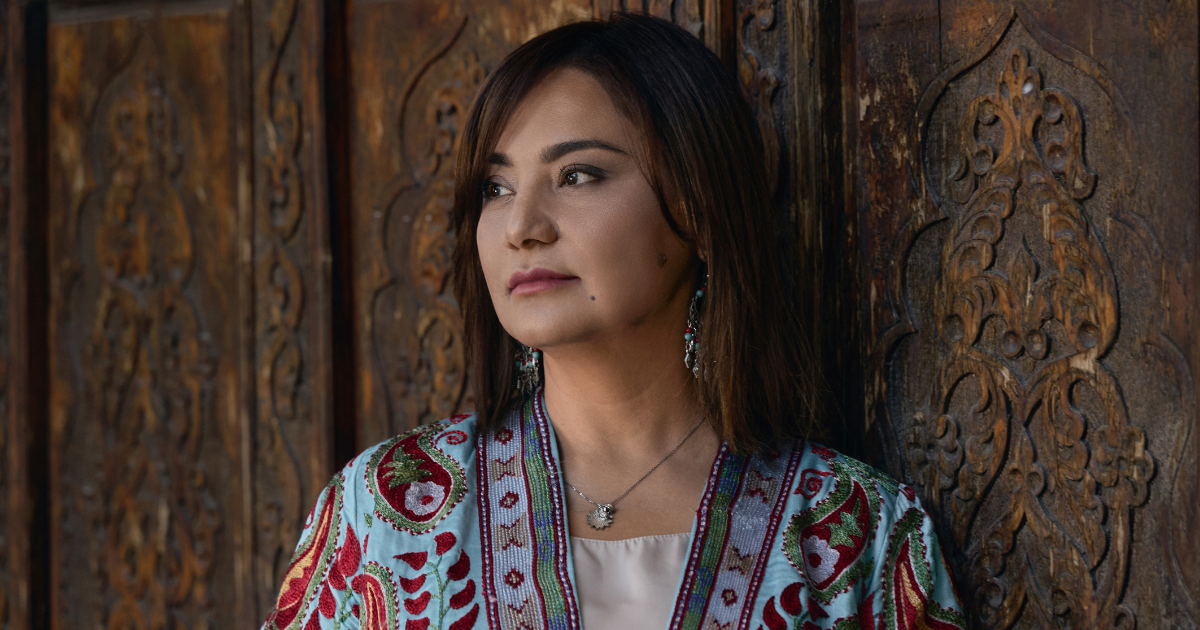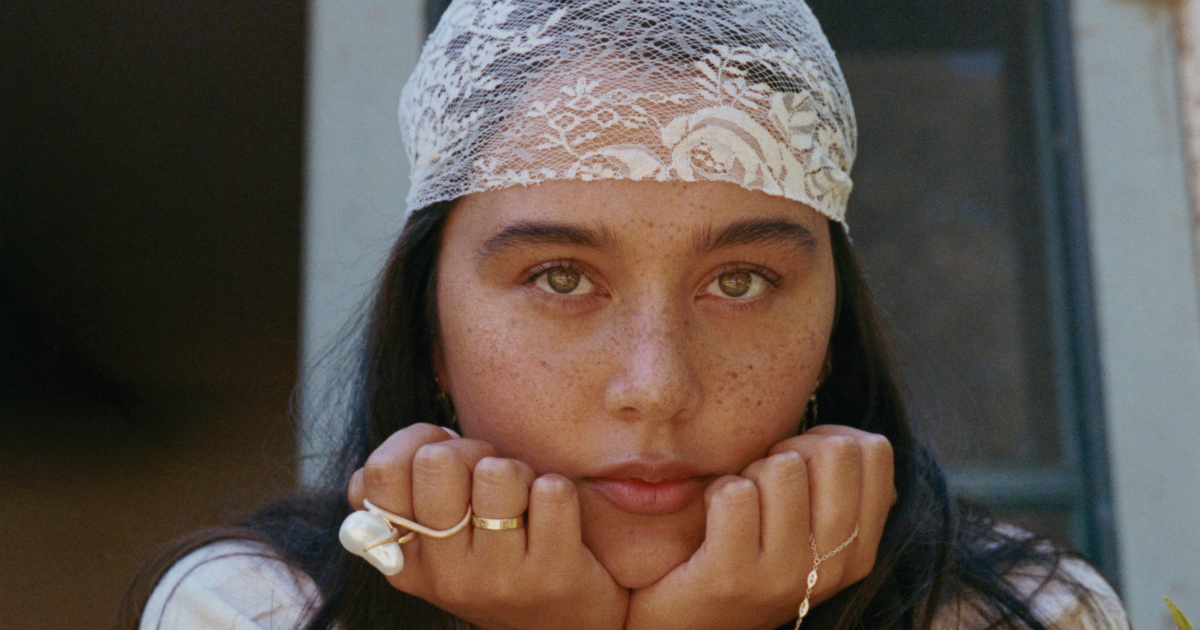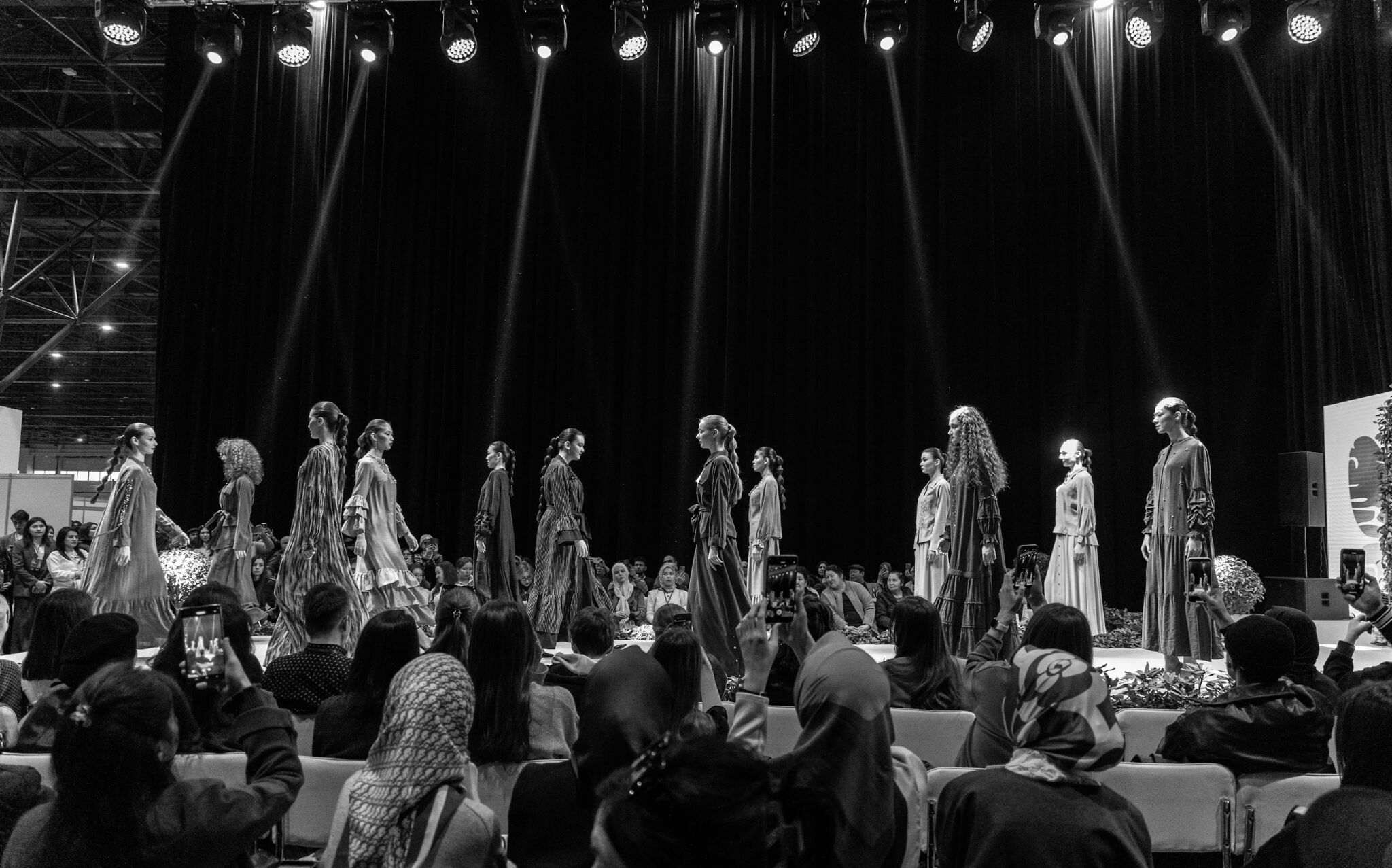Boysun – Spring Festival
The traditional folklore festival Boysun Bahori took place in the picturesque Surkhandarya region.
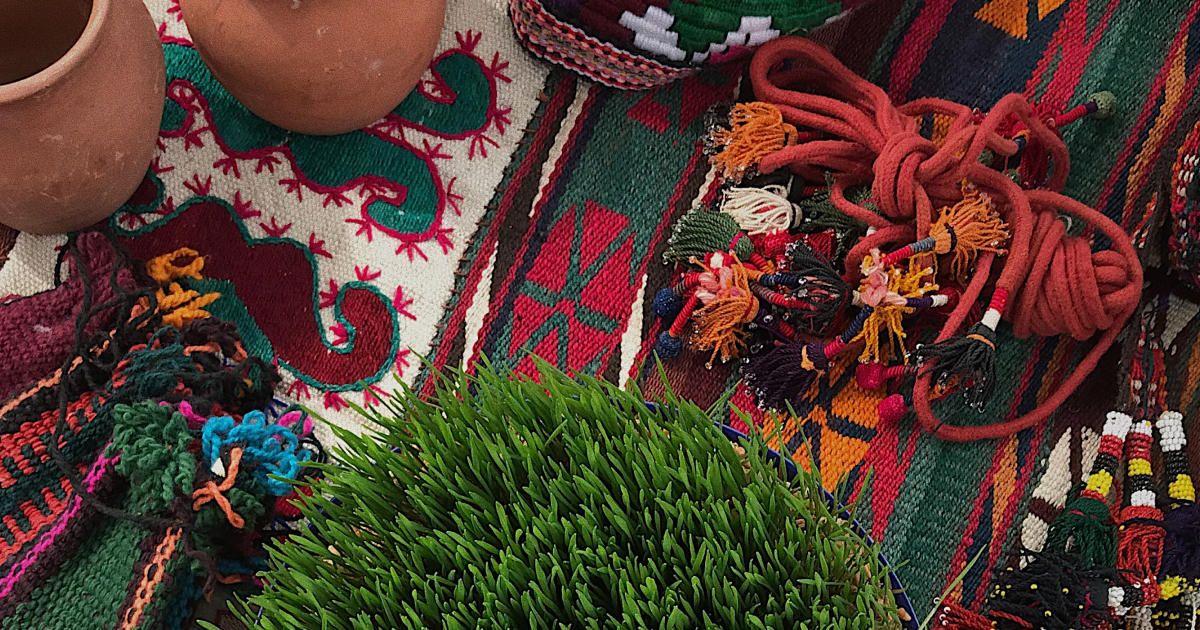
This event, which started in 2002, has always been distinguished by its uniqueness and promotion of Uzbekistan's cultural heritage in its original form. Previously, the festival was held every two years in the Surkhandarya mountains. This spring, on May 4th and 5th, it was held in the town, right in the village of Boysun.
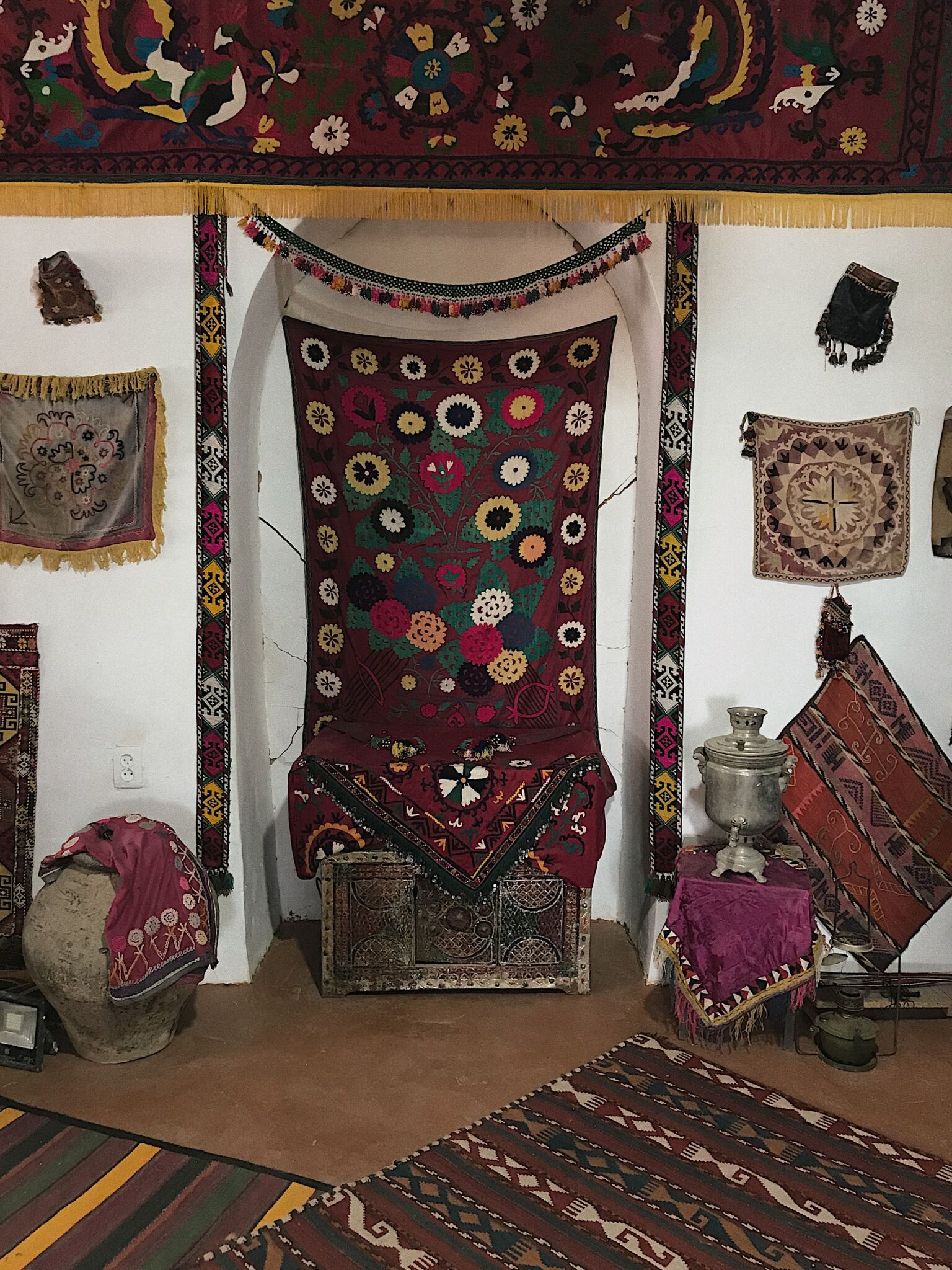
Photograph Serafim Dim
Two stages, a hotel, and several open pavilions were set up on the large site. The nearby cities of Surkhandarya showcased their creativity and cultural heritage. Each pavilion vividly and colorfully presented what the respective city is famous for.
Festival guests were welcomed with authentic yurts, inside which a dastarkhan with national treats was set. Specially equipped rooms hosted presentations about traditions and rituals: in some, grandmothers were weaving alacha or janda (Surkhandarya fabric for chapans), in others, wedding ceremonies for brides and grooms were demonstrated, and in another, a kind old man sold hushtaks (Uzbek ceramic whistles shaped like animals), which carry a history dating back to Zoroastrian times.
Representatives from different regions and cities were distinguished by their clothing, sometimes their dialects, and the creative performances they presented on stage. The Boysun Bahori folk festival also featured the preparation of sumalak.
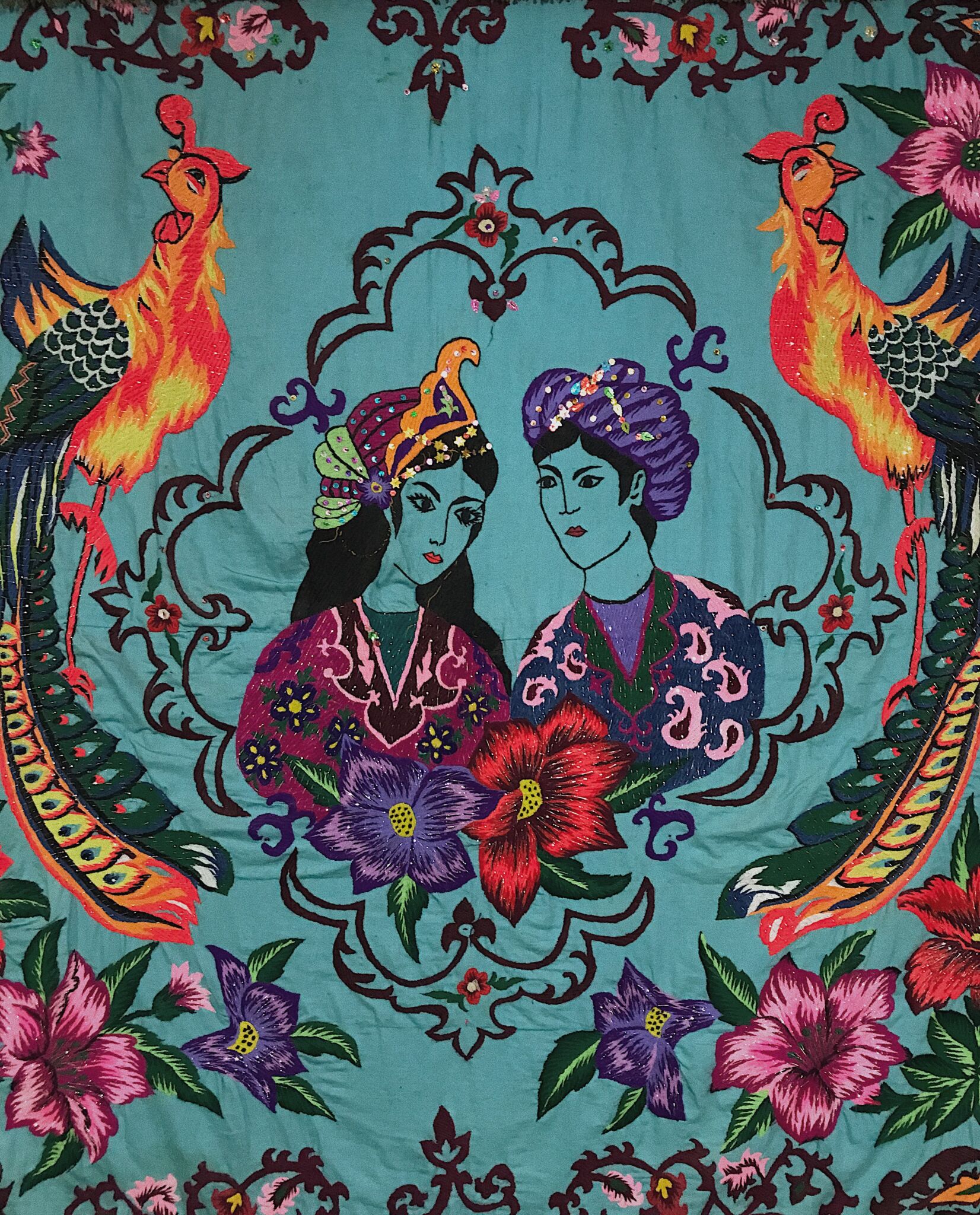
Photograph Serafim Dim
In the evening, everyone gathered for the grand opening of the festival at a concert that brought together many representatives from cities across Uzbekistan and guests from 40 countries, including Kyrgyzstan, Tajikistan, Kazakhstan, Thailand, Germany, Spain, and others. The concert was vibrant and colorful, featuring performances by artists from various countries, from Japan to Afghanistan, and concluded with an impressive drone show and fireworks. This warm and charming event, in its non-metropolitan sincerity, preserved ancient traditions whose origins date back to pre-Islamic pagan times.
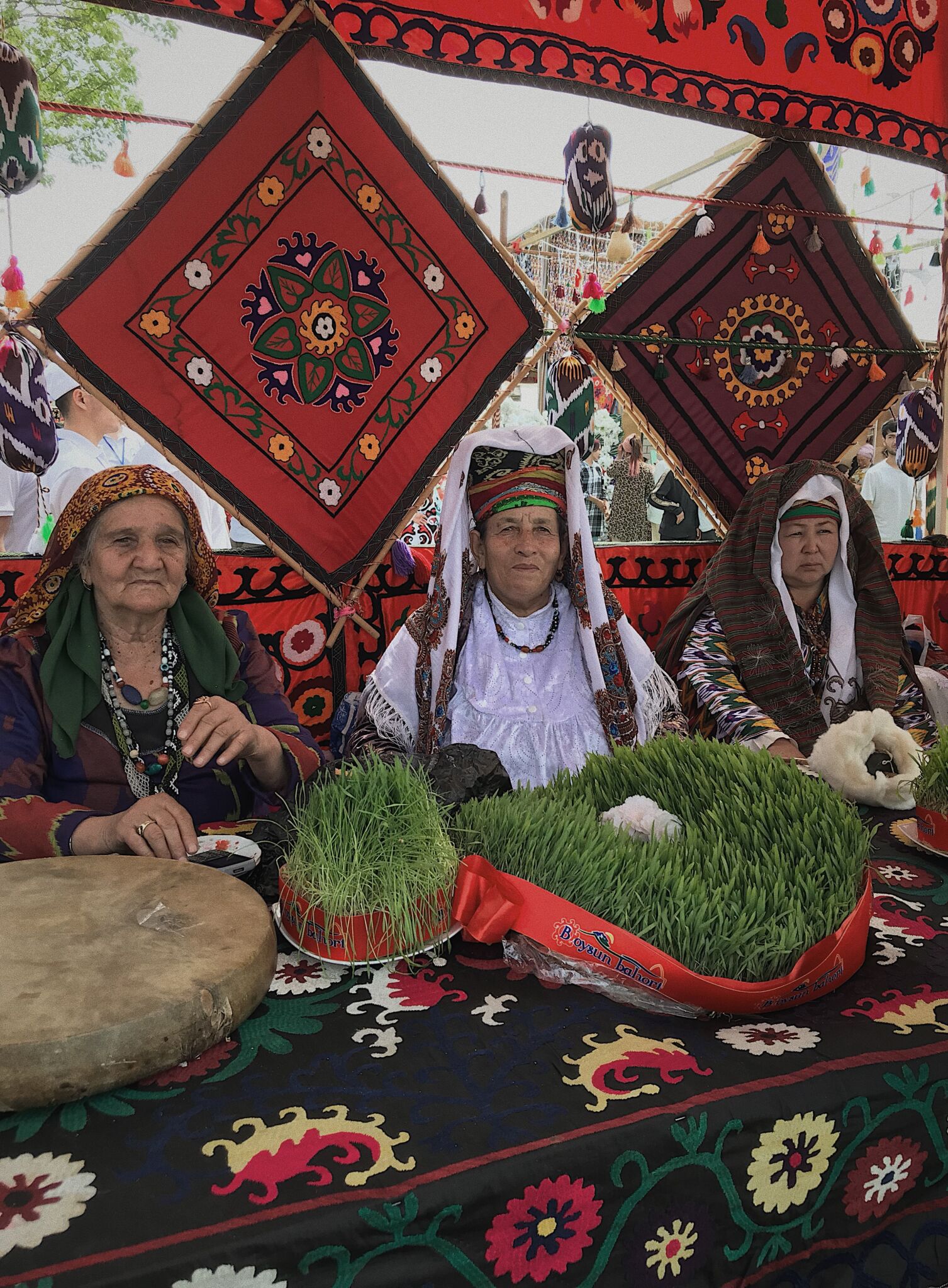
Photograph Serafim Dim
In 2001, UNESCO recognized Boysun's culture as a "Masterpiece of the Oral and Intangible Heritage of Humanity." The festival is unique in that it represents a symbiosis of different generations, regional rituals, and folklore genres. It is all very touching, somewhat naive, and extraordinary.
